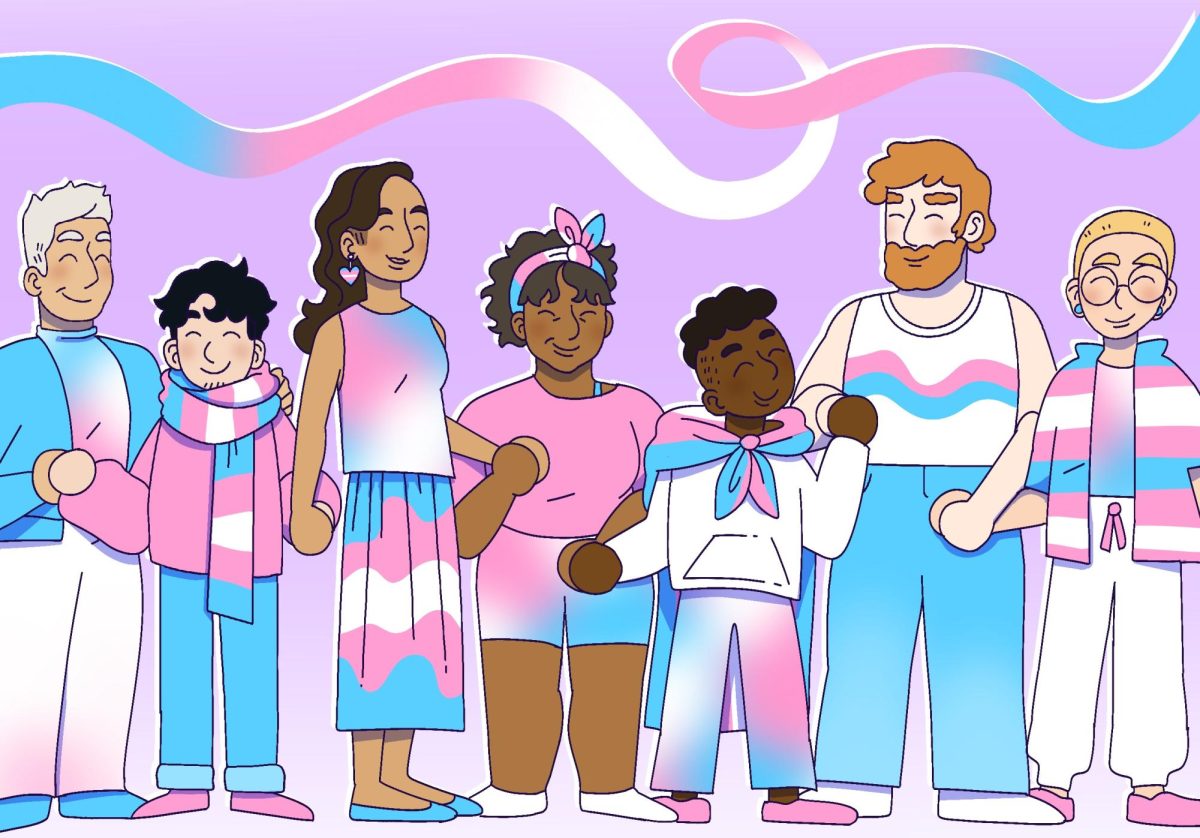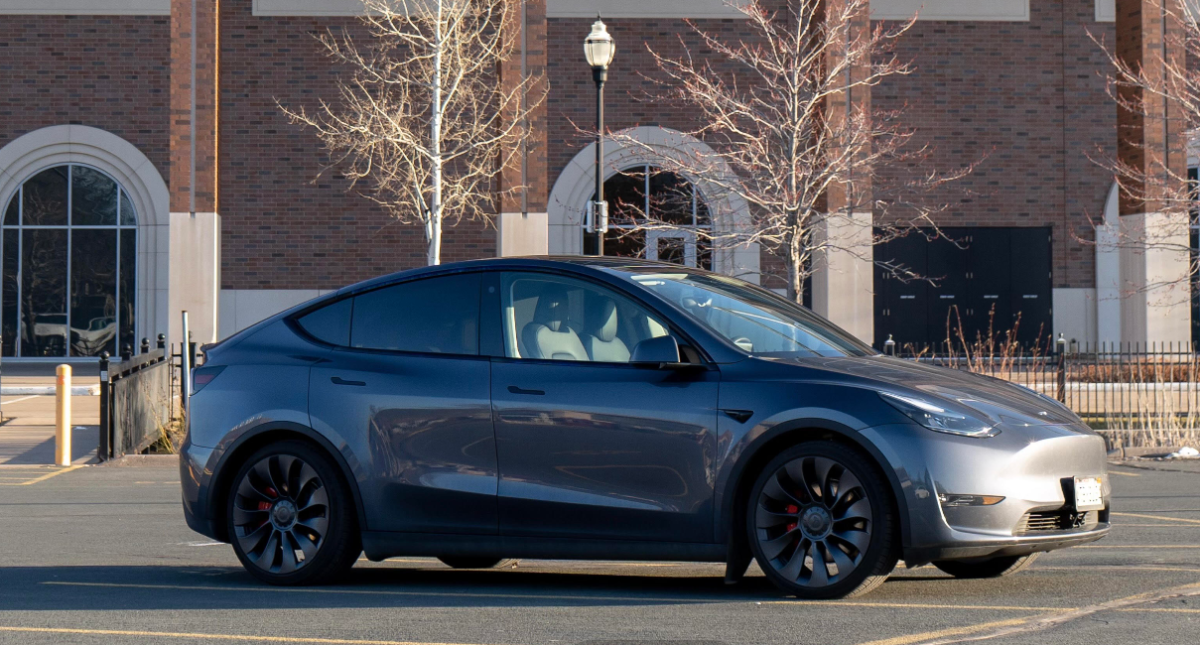The liberal versus conservative “debate” has ignited talk radio and print for many years now and has inspired the genesis of countless organizations, rants and bumper stickers. The political volleying has even fueled bestselling books on both sides of the political isle, from Michael Savage’s “The Savage Nation: Saving America from the Liberal Assault on Our Borders, Language, and Culture” to Al Franken’s “Rush Limbaugh is a Big Fat Idiot.”
But ballistic book titles aside, the liberal-conservative debate has yielded few innovative ideas and perpetuated the notion that U.S. politics is composed of two, and only two, political parties. The shouting match has intensified to the point that the terms “liberal” and “conservative” have been disengaged from their true academic meanings. And incorrectly, the term “Democrat” has become synonymous with “liberal” and “Republican” synonymous with “conservative.” Indeed, the traditional Democrat-Republican spat has morphed into liberal versus conservative.
This change is interesting considering the Republican and Democratic parties do not have rigid ideologies, as evidenced by frequent shifts in issue positions during election and nonelection years. Note the recent “realignment” of Republican attitudes toward federal deficits and the Democrats’ retreat on gun control. Political steadfastness is sacrificed for perceived electability.
The liberal-conservative debate is by no means the only factor that reinforces a two-party system. U.S. media has played a crucial role in the two-party conditioning of Americans by not acknowledging parties other than Democrats and Republicans can be viable. The voting institution itself encourages the practice of defensive voting. The two-party ideology is ingrained into children through social institutions long before they reach voting age.
The Democrat-Republican/liberal-conservative subterfuge operates with a deft smoothness. Before elections both parties maintain their base voters by distinguishing differences between themselves and their opponents. By placing opponents under amorphous umbrella terms, painting the political opponent as dangerously extreme is made easier. While each party wishes to be perceived as the center, they attempt to portray their opposition as extreme of center by labeling them a “radical” liberal or conservative.
Closer to election time, the second phase of the stratagem is initiated: the blurring of issue positions. Campaign ads and Web sites distance themselves from party affiliation to further increase ambiguity. Speeches are cleansed of any party-specific diction and public party-specific enthusiasm is quelled. And knowing their base vote is guaranteed during stage one, they court the remaining percentage of undecided voters by becoming “moderate.”
This has left the U.S. electorate more confused than ever as evidenced by the severe closeness of recent elections. Americans are continually forced to choose between white men in suits whose vague positions on issues offer no value. The lack of choice has led to disaffection and a rise in nonbase voters – voters less likely to vote in any given election.
The liberal-conservative debate is less about ideology and more about maintaining the political status quo. And more than a few free thinkers have been ensnared by this liberal-conservative trap.
Karl Noyes is a member of the Daily’s editorial board. He can be reached at knoyes@mndaily.com







